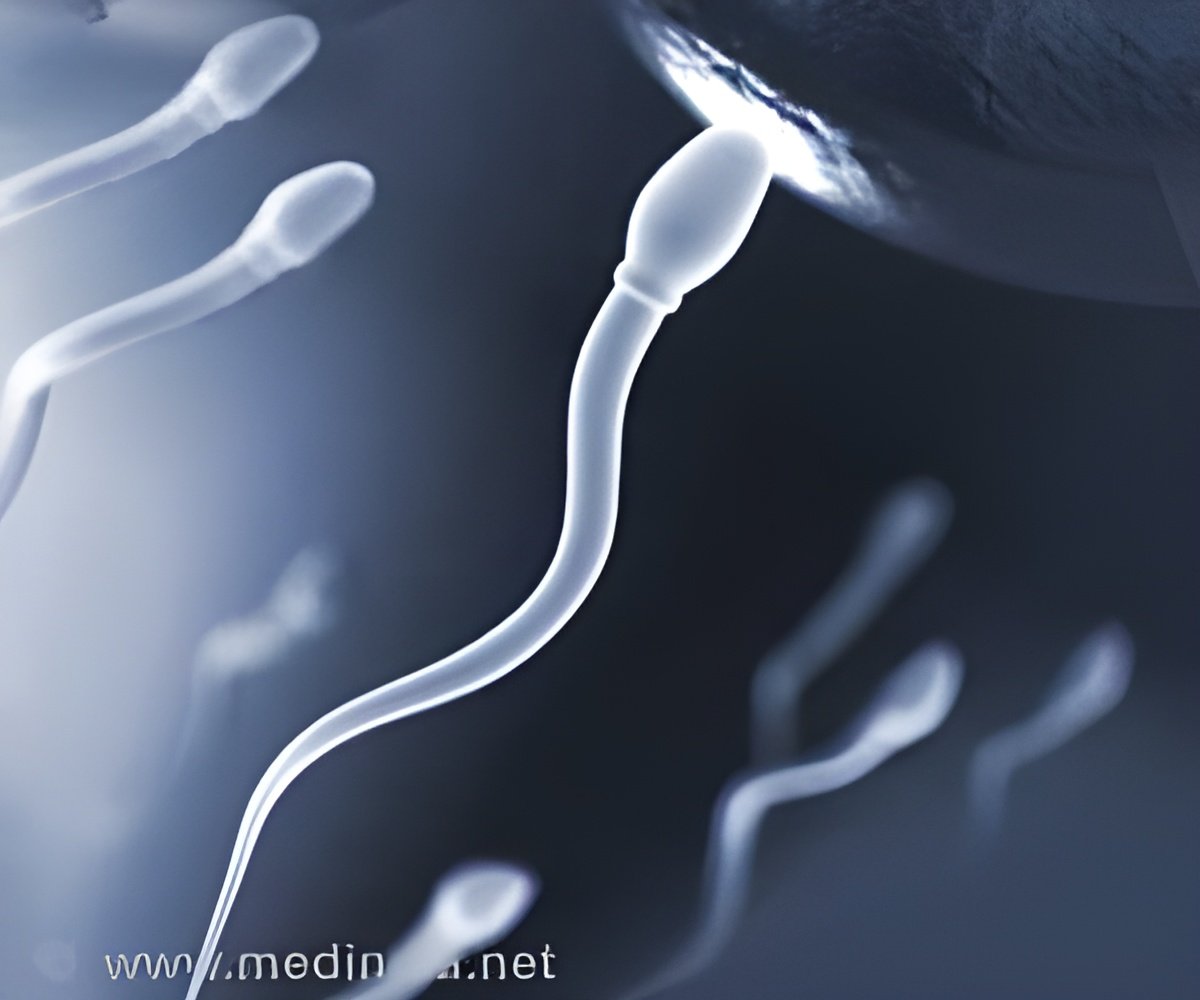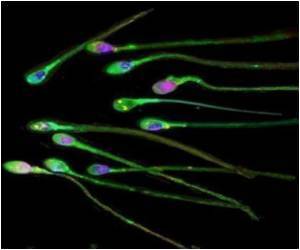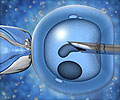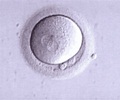While the test is still experimental, it does have the potential to save high costs of treatment for both patients and the health care providers.

"Upon validation, this discovery may help to identify those couples who may benefit from assisted reproductive technologies and those couples who may be successful with minimal intervention," said Stephen Krawetz from Washington State University.
Published in Science Translational Medicine, the study spells out how male factors could be the cause of infertility in couples even when tested semen parameters are normal.
The use of next-generation sequencing of spermatozoal ribonucleic acids, or RNAs, can provide an objective measure of the paternal contribution.
This may also help guide couples to the most effective method in overcoming infertility.
It is our hope that by identifying the extent of the father’s contribution, the responsibility for setting the course for the birth of a healthy child can now be more equally shared, Krawetz said.
These findings will lead to dramatic changes in the way infertile couples are treated and helping them in achieving pregnancy.
The semen parameters’ evaluation may be useful in the diagnosis of obvious cases of male infertility, but no single parameter or set of parameters serve as highly predictive of male fertility.
The diagnostic potential of next-generation sequencing of spermatozoal RNA indicates this method is "better suited to the task" of analyzing the male’s role in infertility.
This is also a step toward personalized precision reproductive medicine that may help guide the couple to their successful treatment.
While the test is experimental, it has the potential for cost savings for both the patients and the health care system.
Source-IANS















